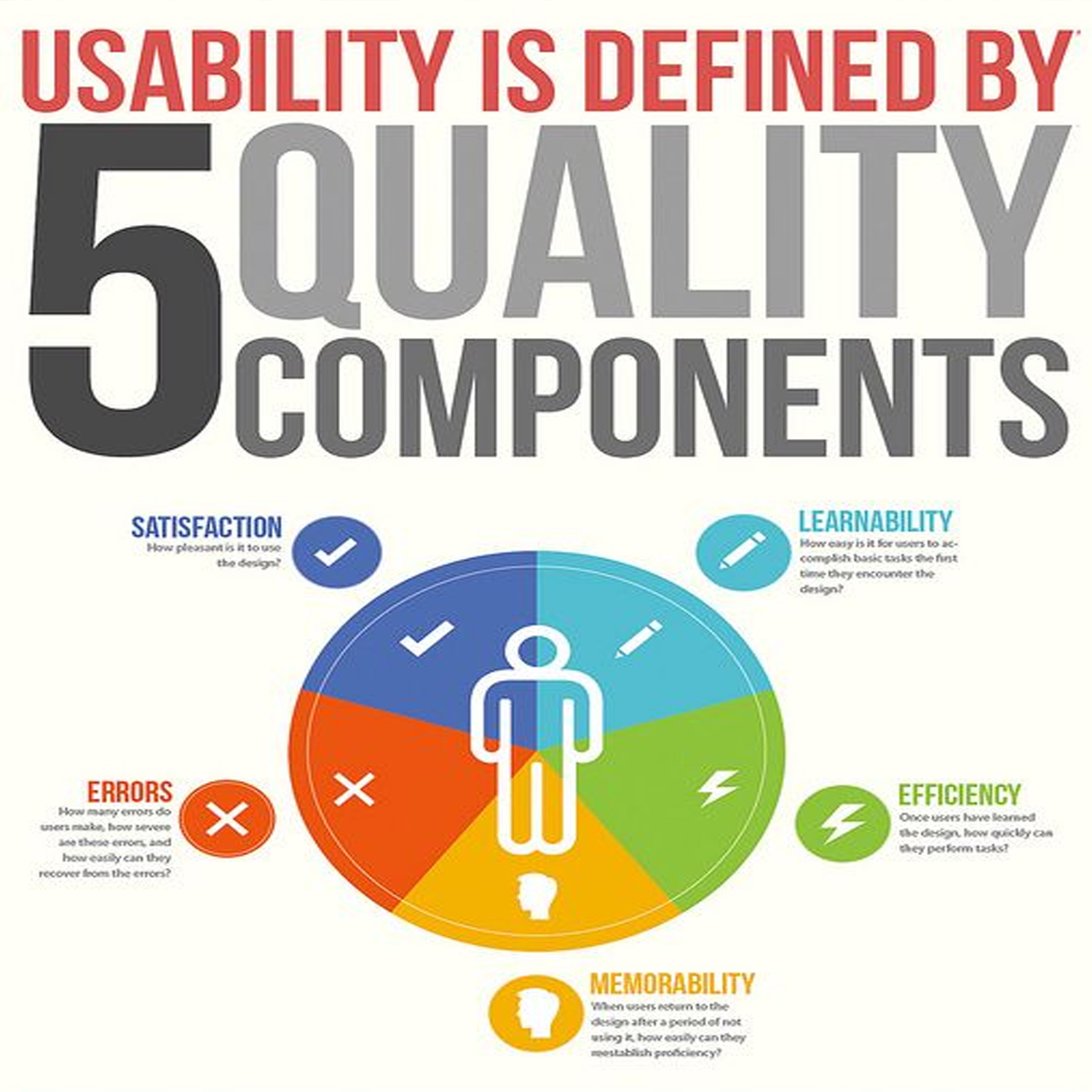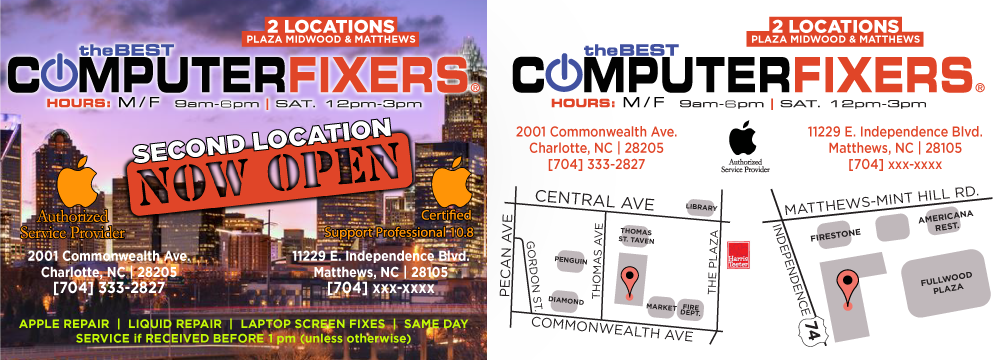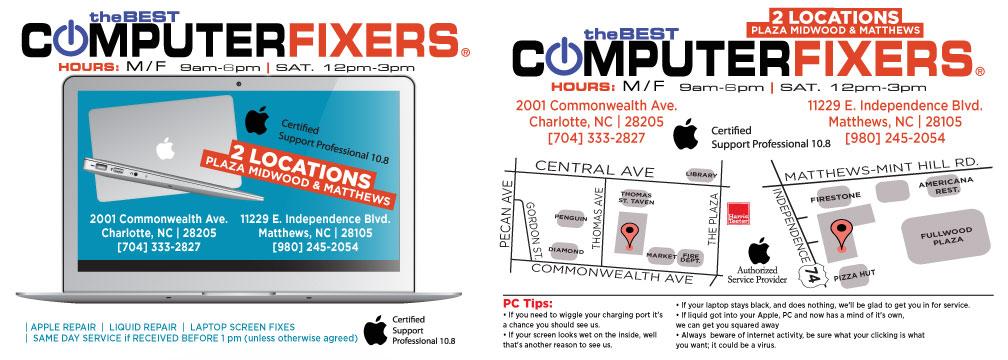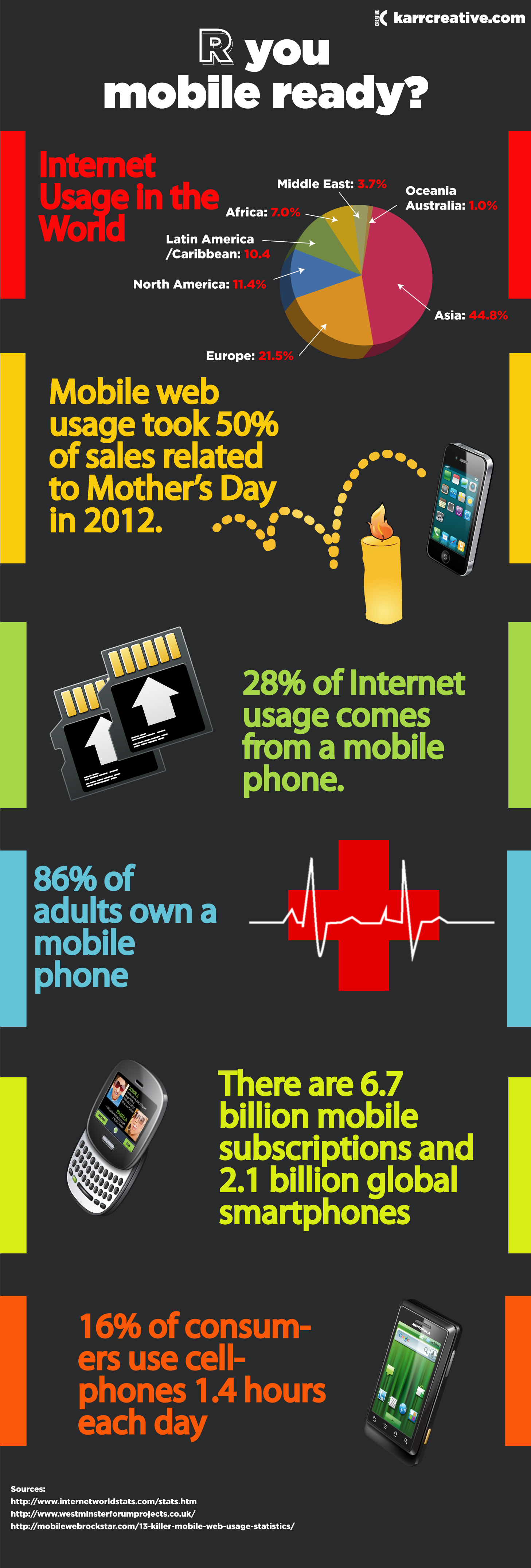Everyone wants to be taken seriously, valued for their contributions, and have a real voice for how to best solve problems or achieve business goals. However, gaining this type of respect has proved difficult for in-house creative services teams. In fact, nearly 45 percent of in-house creative teams report that gaining respect from internal clients is one of their greatest challenges.
It’s all about perception. The internal clients of in-house creative teams often tend to view them as merely, “service providers,” rather than strategic partners, based on several incorrect perceptions that in-house teams lack the talent and skills that an external agency can provide. This perception is one of the largest roadblocks creative professionals face in altering client attitudes and gaining respect. As Bob Calvano, director of Merck’s Global Creative Studios notes, “A lot of the juicy, high-profile projects go out to agencies because folks think that the agencies have better talent.…In many cases, the in-house team is the best agency for the project, but a huge shift needs to take place in order for this to happen.”
This white paper offers the following six tips creative teams can use to position themselves as valued, strategic partners and receive more respect from the rest of the company:
- 1 Act like an agency
- 2 Use numbers and data to prove your worth
- 3 Guarantee on-time delivery
- 4 Be strategic about how you manage your work
- 5 Establish the creative team as your company’s brand authority
- 6 Focus on improving the client experience





